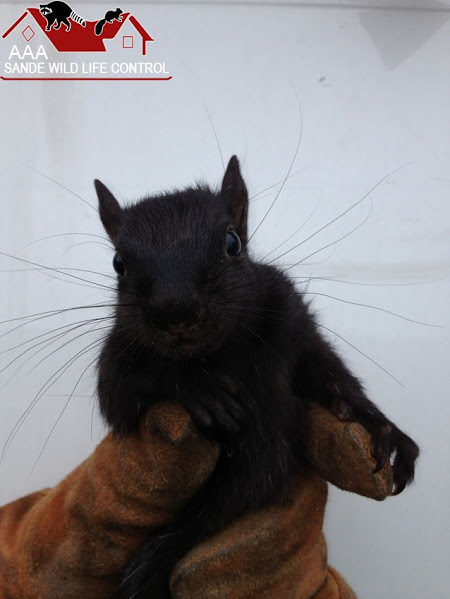Keeping Toronto Safe: Effective Animal Control Strategies
Toronto, a vibrant and bustling city, is home to a diverse range of wildlife. While this can be a source of wonder and appreciation, it also presents challenges when it comes to ensuring the safety of residents and managing potential conflicts between humans and animals. In this article, we will explore some effective animal control strategies that can help kceep Toronto safe for both its residents and the wildlife that call it home.
- Education and Awareness: One of the most crucial aspects of effective animal control is education and awareness. It is important for residents to understand the behavior, habits, and needs of the wildlife species commonly found in Toronto. This knowledge empowers individuals to take appropriate preventive measures and respond responsibly when encountering wildlife.
- Responsible Waste Management: Proper waste management is essential for mitigating animal-related issues in urban areas. Animals such as raccoons and skunks are attracted to easily accessible food sources, such as improperly secured garbage bins. Toronto residents should ensure that garbage cans have tightly fitting lids and store them in secure locations to minimize the chances of wildlife accessing them.
- Habitat Modification: Modifying the urban environment can help reduce the likelihood of unwanted wildlife encounters. Trim tree branches that provide easy access to rooftops or attics, as squirrels and raccoons may use them as pathways into buildings. Seal any gaps or openings in the exterior of buildings to prevent animals from entering and nesting inside.
- Professional Animal Control Services: When dealing with wildlife intrusions that pose a risk to human safety or become persistent problems, it is advisable to seek professional animal control services. These experts are trained in safe and humane techniques to remove and relocate animals, ensuring the well-being of both the animals and the community.
- Wildlife Deterrents: Implementing wildlife deterrents can help prevent animals from approaching residential areas. Motion-activated lights, sprinkler systems, and ultrasonic devices can startle and discourage wildlife from entering private properties. Installing sturdy fencing around gardens can also protect plants from being damaged by animals.
- Coexistence and Respect: A fundamental principle of effective animal control is promoting coexistence and respect for wildlife. Toronto residents should strive to appreciate and understand the natural behaviors and ecological roles of the animals they encounter. Avoid feeding or approaching wild animals, as this can disrupt their natural instincts and increase the likelihood of negative interactions.
- Reporting and Collaboration: Establishing a reporting system for animal sightings or concerns can help authorities identify patterns and respond promptly to animal-related issues. Collaborate with local animal control agencies, wildlife rehabilitation centers, and community organizations to share information and resources, fostering a collaborative approach to animal control in Toronto.
- Encouraging Natural Predators: Promoting the presence of natural predators can help regulate wildlife populations naturally. Encouraging bird species that prey on rodents, such as owls or hawks, can assist in reducing rodent populations. Additionally, creating habitats for beneficial insect species, such as ladybugs or lacewings, can help control pest populations without resorting to harmful chemicals.
In conclusion, effective animal control strategies in Toronto prioritize the safety of both residents and wildlife. By fostering education, responsible waste management, habitat modification, and collaboration with professional animal control services, Toronto can strike a balance between coexistence and ensuring the well-being of its community. With these strategies in place, Toronto can continue to be a safe and harmonious environment for both humans and the remarkable wildlife that inhabit the city.

